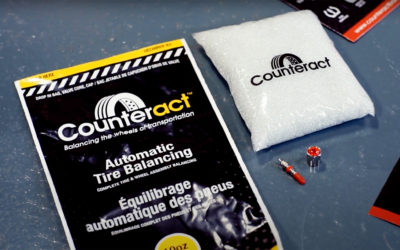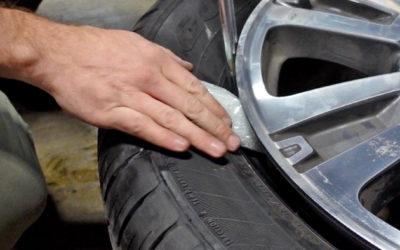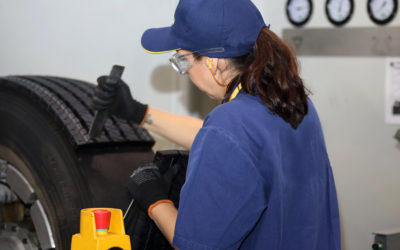The science behind balancing beads can be broken down into stages listed below, with three forces influencing the process: gravity, centrifugal force, and inertia. Tire at Rest The beads pool at the bottom of the tire due to gravity. Tire in Motion...
tire balancing
Answers to the Most Frequently Asked Questions About Balancing Beads on the Internet: Part 3
11. Do balance beads cause vibrations? Internal balancing agents (IBA) can migrate due to vibrations caused by an imbalance in the tire or wheel assembly. If you added the correct amount to your tires based on our recommendation and still feel...
Answers to the Most Frequently Asked Questions About Balancing Beads on the Internet: Part 2
6. Are balancing beads as good as weights? Balancing beads are arguably better than wheel weights, as they constantly readjust, keeping the tire balanced for the life of the tire, whereas wheel weights may need adjustment every 10,000 km or less if...
Answers to the Most Frequently Asked Questions About Balancing Beads on the Internet
1. Do balancing beads actually work? Balancing beads are proven and the most effective form of tire balancing when specific conditions are met. They are designed to work on vehicle that present a stiff, or simple suspension, which is essential in...
How Does Moisture Affect Internal Tire Balancers?
Moisture naturally infiltrates tires during the air compression process. Unless the compressor undergoes regular maintenance, it's safe to assume that the interior of your tire will be consistently wet. The real peril arises when there's a patch or...
Improve Retreading Casings with Counteract
The Growing Popularity of Retreading in the Tire Industry Retreading has become a popular alternative to purchasing new tires because it is a more cost-effective method. Recent technological advancements in the industry have also bolstered the...







